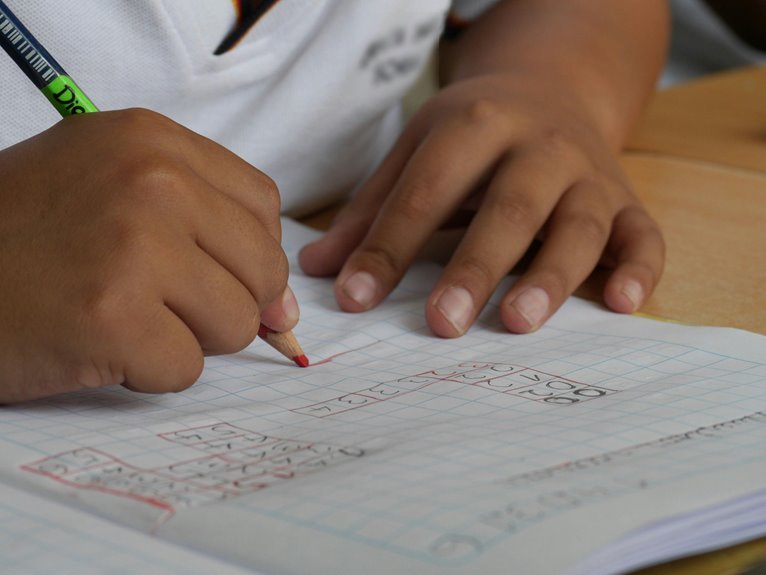Comprehensive Study Featuring 9495908094, 9497502024, 9512521065, 9512521067, 9512531248, and 9512562841
The study examines six numerical sequences: 9495908094, 9497502024, 9512521065, 9512521067, 9512531248, and 9512562841. It focuses on rigorous analysis to uncover underlying patterns and relationships. The findings suggest significant trends that could influence algorithm development and predictive modeling. However, the intricacies of these sequences may reveal even deeper insights into numerical dynamics, warranting further exploration into their implications and potential applications.
Analyzing the Numerical Sequences
Numerical sequences present a fascinating framework for analysis, revealing patterns and relationships that underpin mathematical concepts.
The numerical significance of each sequence lies in its ability to convey deeper connections. Sequence relationships can illuminate trends, enabling a clearer understanding of how numbers interact within a defined structure.
This exploration fosters an appreciation for the inherent beauty of numerical patterns, inviting intellectual freedom in interpretation.
Identifying Patterns and Trends
Patterns and trends within numerical sequences can be systematically identified through rigorous analysis, revealing underlying structures that govern their behavior.
Employing techniques of pattern recognition allows researchers to discern recurring themes, while trend analysis uncovers shifts and developments over time.
Such methodologies facilitate a deeper understanding of numerical dynamics, ultimately enhancing the ability to predict future behaviors and their implications in broader contexts.
Implications for Future Research and Applications
As researchers continue to uncover the intricacies of numerical sequences, the implications for future research and applications become increasingly significant.
The findings suggest potential advancements in algorithm development, data analysis, and predictive modeling.
Furthermore, these research implications could stimulate interdisciplinary collaboration, fostering innovative solutions across various fields.
Ultimately, this could enhance the applicability of numerical studies in real-world scenarios and promote greater freedom in exploration.
Conclusion
In conclusion, the analysis of the numerical sequences reveals intricate patterns that invite further exploration. By identifying trends within these figures, researchers can deepen their understanding of numerical dynamics. By uncovering relationships among the sequences, they can enhance predictive modeling techniques. By recognizing these implications, the study not only contributes to theoretical insights but also lays the groundwork for practical applications. Thus, the research not only illuminates the present but also paves the way for future advancements.







